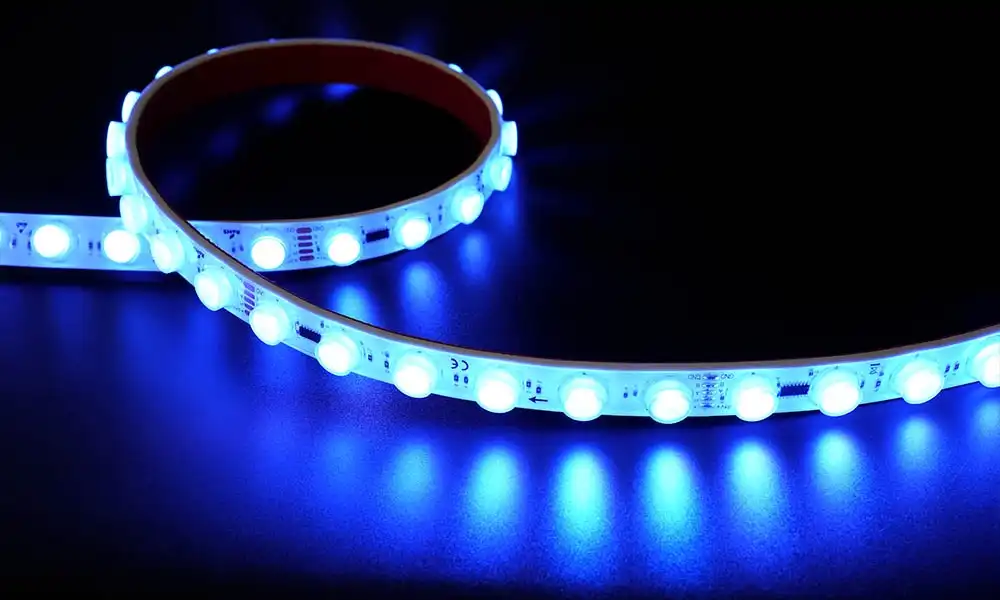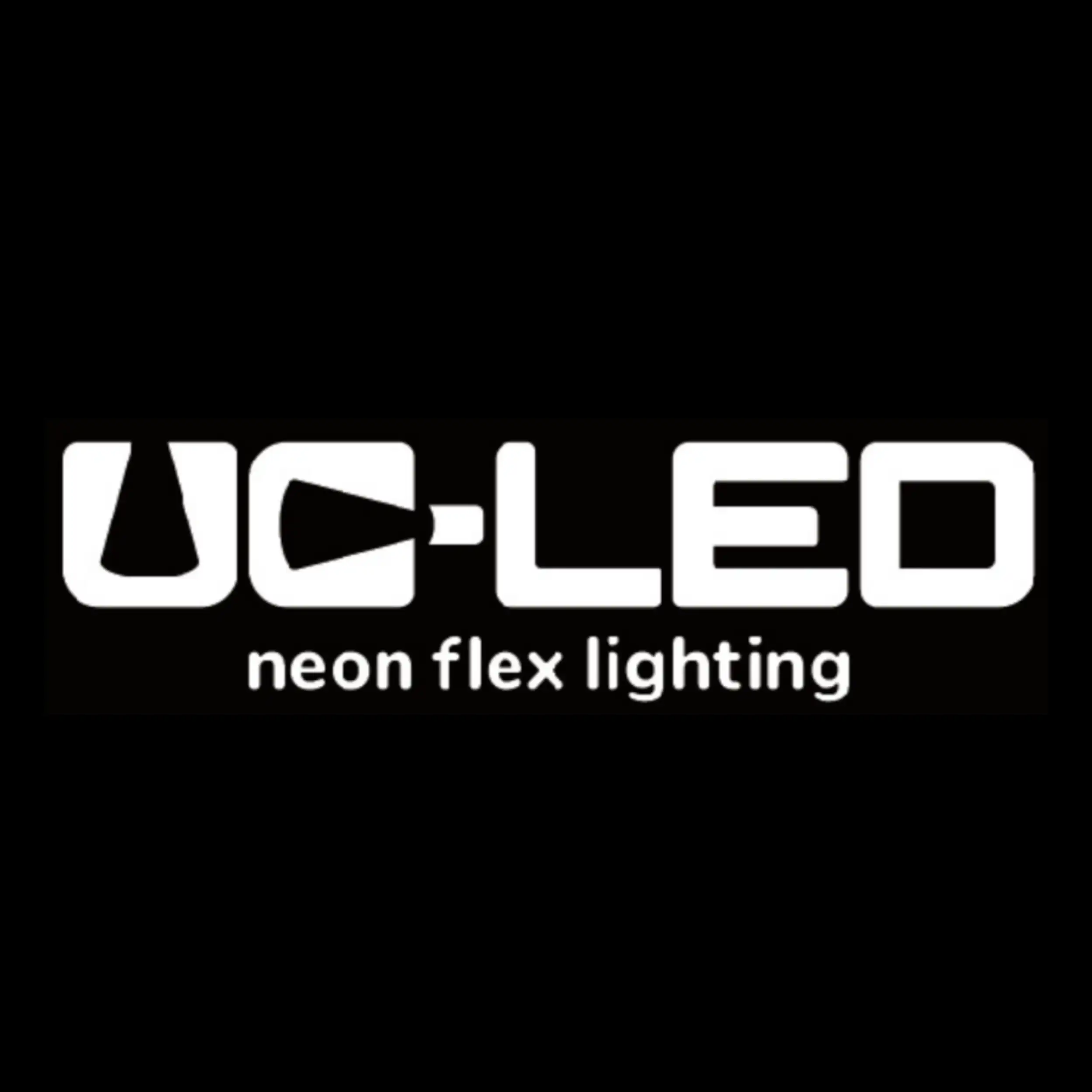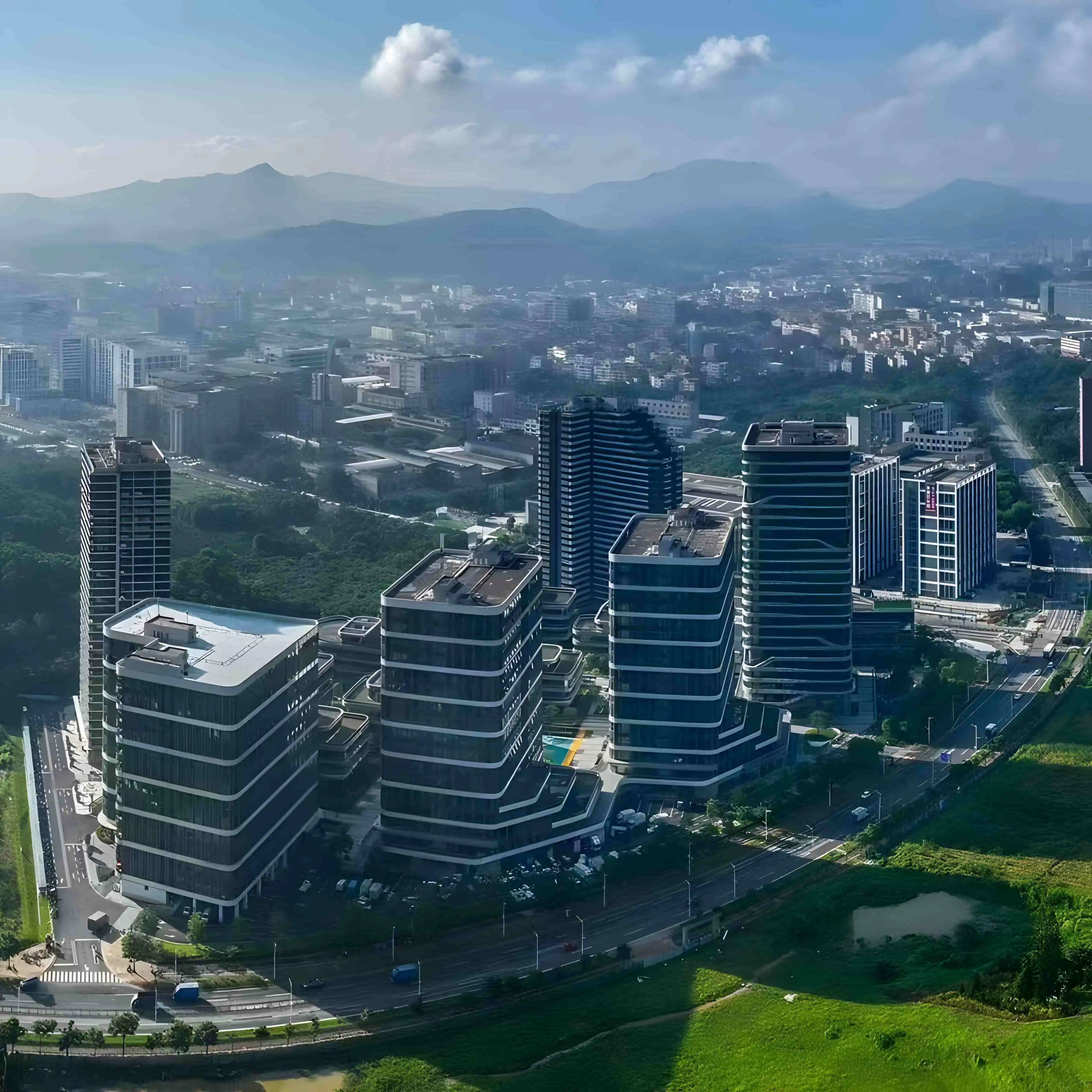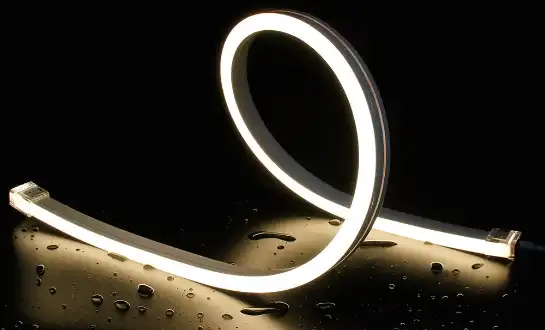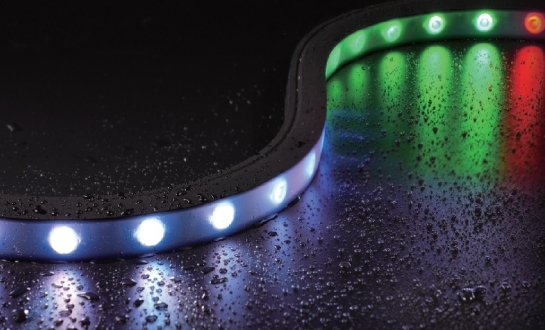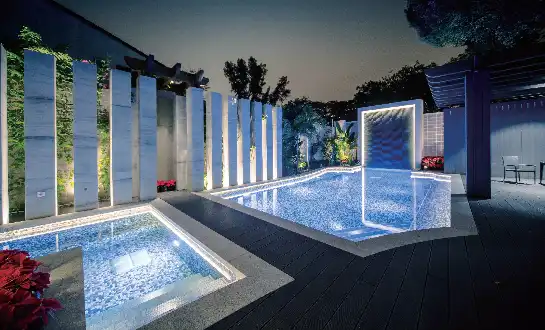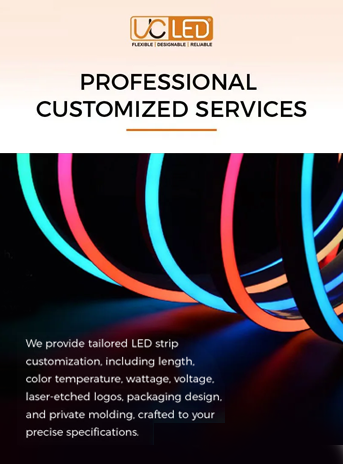Understanding the Unique Features of Flexible LED Wall Washers
Flexible LED Wall Washers represent a revolutionary advancement in architectural lighting technology. These innovative fixtures are designed to provide uniform illumination across large surfaces, making them ideal for highlighting building facades, interior walls, and other architectural elements. Unlike traditional rigid lighting solutions, Flexible LED Wall Washers offer a range of benefits that set them apart in the world of architectural lighting.
Adaptability to Various Surfaces
One of the most significant advantages of Flexible LED Wall Washers is their ability to conform to various surface shapes and contours. This adaptability allows for seamless integration with curved walls, columns, and other non-linear architectural features. The flexible nature of these fixtures ensures that light is evenly distributed across the entire surface, eliminating shadows and dark spots that can occur with rigid lighting solutions.
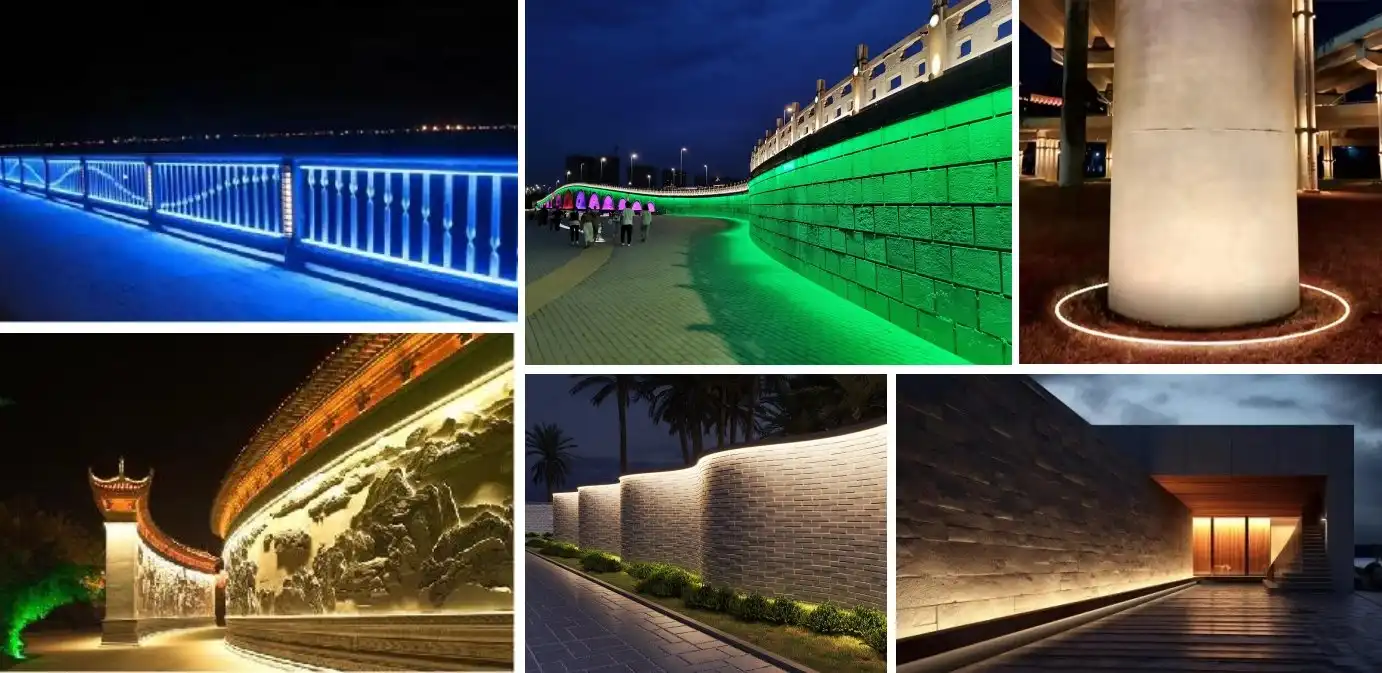
Customizable Beam Angles
Flexible LED Wall Washers often come with adjustable beam angles, allowing for precise control over the light distribution. This feature enables lighting designers to tailor the illumination to specific architectural requirements, ensuring optimal coverage and visual impact. The ability to adjust beam angles also helps in minimizing light pollution and enhancing energy efficiency by directing light exactly where it's needed.
Enhanced Color Consistency
Advanced Flexible LED Wall Washers incorporate high-quality LEDs and superior color mixing technology. This results in exceptional color consistency across the entire length of the fixture, even when using dynamic color-changing options. The uniformity in color output contributes significantly to the overall aesthetic appeal of the illuminated surface, creating a cohesive and professional look.
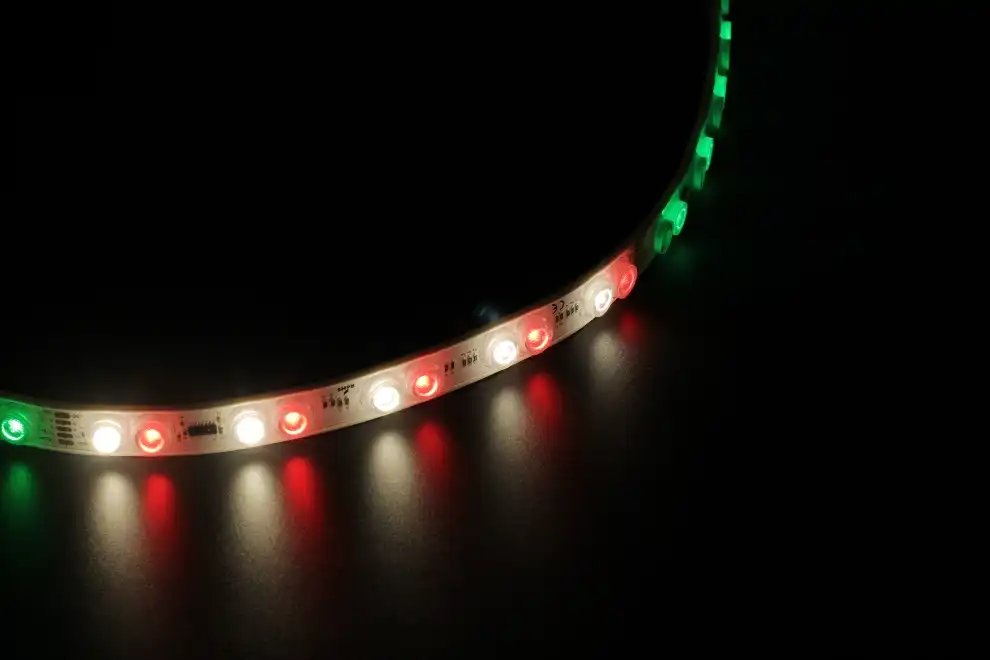
Comparing Linear LED Bars: Strengths and Limitations
Linear LED Bars have long been a popular choice for architectural lighting, offering their own set of advantages and challenges. Understanding their characteristics is crucial for making an informed decision between Flexible LED Wall Washers and Linear LED Bars.
Rigid Structure and Installation
Linear LED Bars are characterized by their rigid, straight structure. This design makes them particularly suitable for lighting flat surfaces and creating clean, linear lighting effects. However, their inflexibility can pose challenges when dealing with curved or uneven surfaces, often resulting in uneven light distribution or the need for multiple fixtures to achieve full coverage.
Light Output and Intensity
One of the strengths of Linear LED Bars is their ability to provide high-intensity light output. They are often chosen for applications that require bright, focused illumination over a specific area. This makes them particularly effective for task lighting or creating dramatic lighting effects on flat surfaces. However, this intensity can sometimes lead to harsh shadows or glare if not properly diffused or positioned.
Modularity and Scalability
Linear LED Bars often offer a modular design, allowing for easy connection of multiple units to cover larger areas. This scalability can be advantageous for projects where lighting needs may change or expand over time. However, the connections between modules can sometimes create visible breaks in the light continuity, which may be undesirable in some architectural applications.
Uniformity Analysis: Flexible LED Wall Washer vs Linear LED Bar
When evaluating the uniformity of illumination, it's essential to consider how each lighting solution performs across various architectural scenarios. This analysis will help in understanding why Flexible LED Wall Washers often provide superior uniformity compared to Linear LED Bars.
Coverage on Curved Surfaces
Flexible LED Wall Washers excel in providing uniform coverage on curved surfaces. Their ability to bend and conform to the contours of a wall or column ensures that light is distributed evenly across the entire surface. This eliminates the shadowing and uneven illumination that can occur when using rigid Linear LED Bars on non-flat surfaces. The result is a smooth, continuous wash of light that enhances the architectural features without distortion.
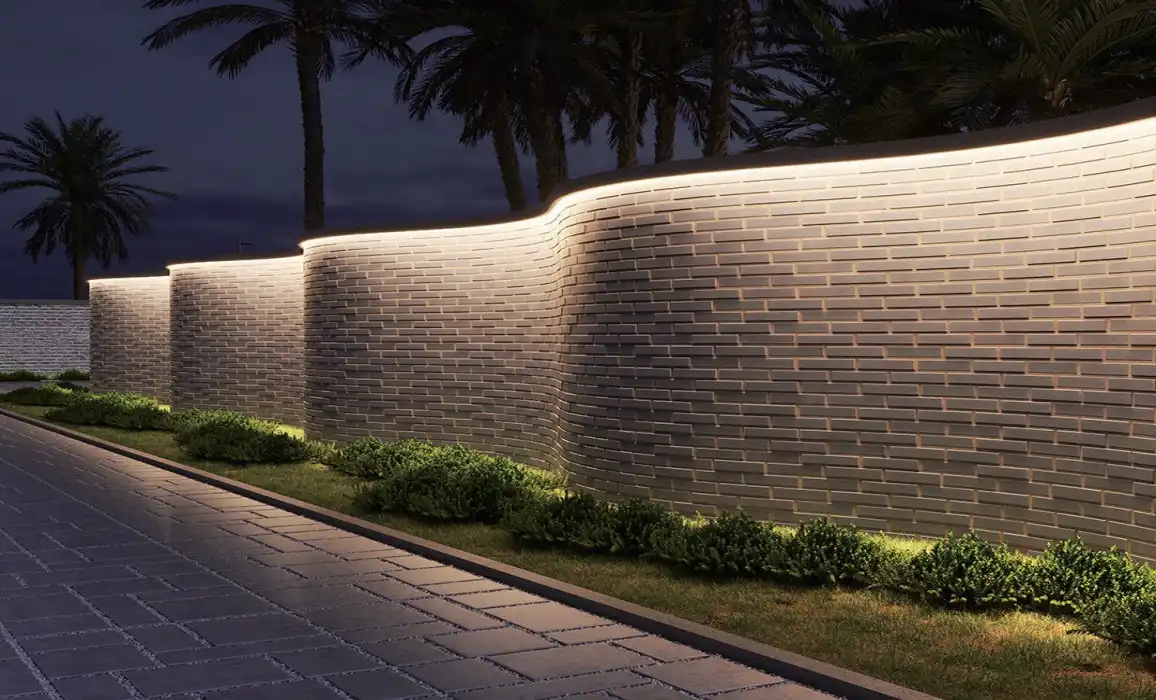
Elimination of Hot Spots and Shadows
One of the challenges with Linear LED Bars is the potential for creating hot spots — areas of intense brightness — and corresponding shadows, especially when mounted close to the illuminated surface. Flexible LED Wall Washers, with their ability to be positioned more precisely and their often wider beam angles, can significantly reduce these issues. The even distribution of LEDs along the flexible strip, combined with advanced optics, helps to create a more uniform light spread, minimizing the contrast between bright and dark areas.
Consistency Across Large Areas
When illuminating large surfaces, maintaining consistency in light output and color temperature is crucial. Flexible LED Wall Washers often demonstrate superior performance in this aspect. Their design allows for longer continuous runs without visible breaks or inconsistencies in light output. This is particularly beneficial for expansive facades or long interior walls where a seamless lighting effect is desired. Linear LED Bars, while effective for smaller areas, may require multiple units to cover large spaces, potentially leading to visible seams or variations in light intensity.
Conclusion
In the debate between Flexible LED Wall Washers and Linear LED Bars, the former emerges as the superior choice for achieving optimal lighting uniformity across diverse architectural surfaces. The adaptability, customizable features, and advanced technology of Flexible LED Wall Washers make them an invaluable tool for lighting designers and architects seeking to create stunning, evenly illuminated spaces. For those in search of a reliable Flexible LED Wall Washer supplier or manufacturer, it's crucial to partner with a company that prioritizes quality, innovation, and customization capabilities to ensure the best results for your lighting projects.

FAQ
Are Flexible LED Wall Washers more energy-efficient than Linear LED Bars?
Generally, Flexible LED Wall Washers can be more energy-efficient due to their ability to provide even coverage with fewer fixtures, reducing overall power consumption.
Can Flexible LED Wall Washers be used outdoors?
Yes, many Flexible LED Wall Washers are designed for both indoor and outdoor use, with appropriate IP ratings for weather resistance.
How long do Flexible LED Wall Washers typically last?
High-quality Flexible LED Wall Washers can last up to 50,000 hours or more, depending on usage and environmental conditions.
Experience Unparalleled Lighting Uniformity with QUAN HE's Flexible LED Wall Washers
QUAN HE Lighting Co., Ltd., established in 2015, is a leading manufacturer of premium linear lighting solutions, including state-of-the-art Flexible LED Wall Washers. Our ISO-certified factory, spanning over 5,000m², is equipped with advanced production lines and a dedicated R&D team. We offer customized OEM and ODM services, ensuring top-quality, innovative lighting solutions tailored to your specific needs. Experience the difference with QUAN HE's Flexible LED Wall Washer factory-direct options. Contact us at Linda@uc-led.com to illuminate your projects with precision and excellence.
source: LED Light
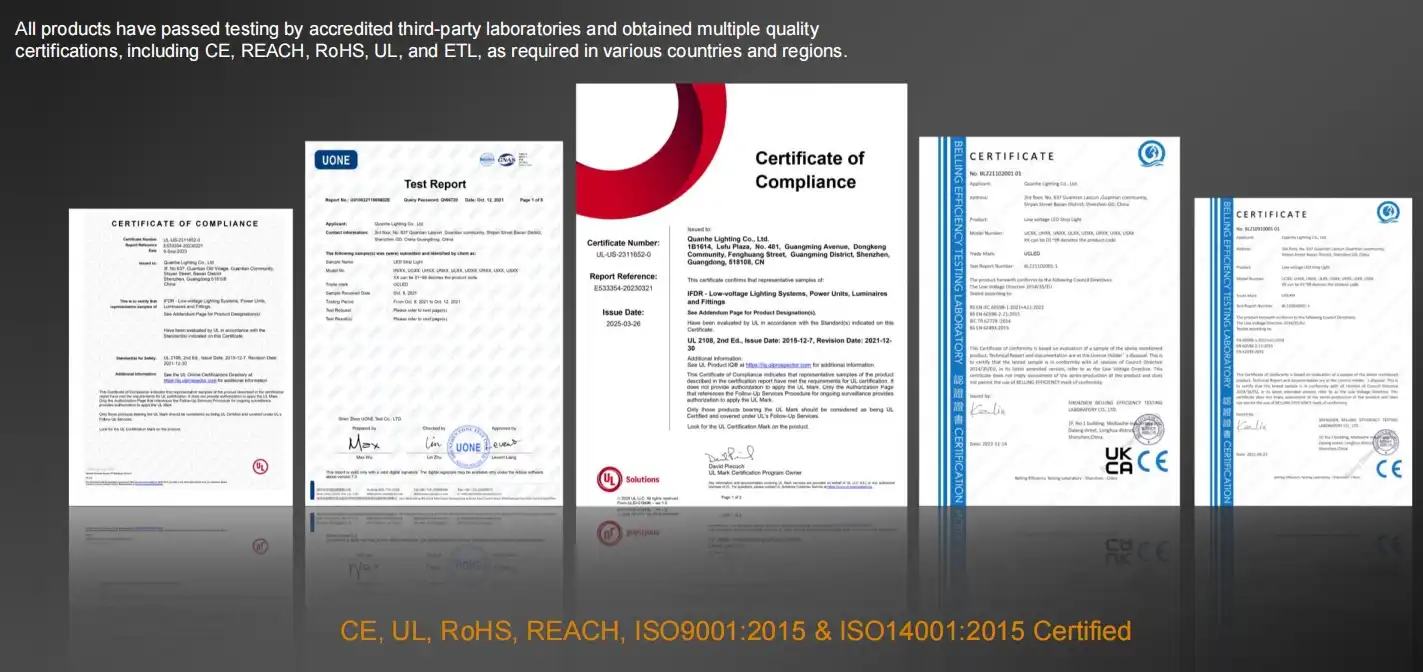
References
1. Johnson, E. (2022). "Advancements in Architectural Lighting: Comparing Flexible and Linear LED Solutions." Architectural Lighting Review, 18(3), 45-52.
2. Smith, A. & Chen, L. (2021). "Uniformity in Large-Scale Architectural Illumination: A Comparative Study." Journal of Lighting Design and Application, 29(2), 112-125.
3. Rodriguez, M. (2023). "Energy Efficiency in Modern Architectural Lighting Systems." Sustainable Building Technologies, 7(4), 78-91.
4. Lee, K. & Thompson, R. (2022). "Color Consistency and Distribution in LED Wall Washing Techniques." International Journal of Lighting Research and Technology, 54(1), 33-47.
5. Parker, D. (2023). "Innovations in Flexible LED Technologies for Architectural Applications." Advanced Materials in Lighting, 12(2), 156-170.
